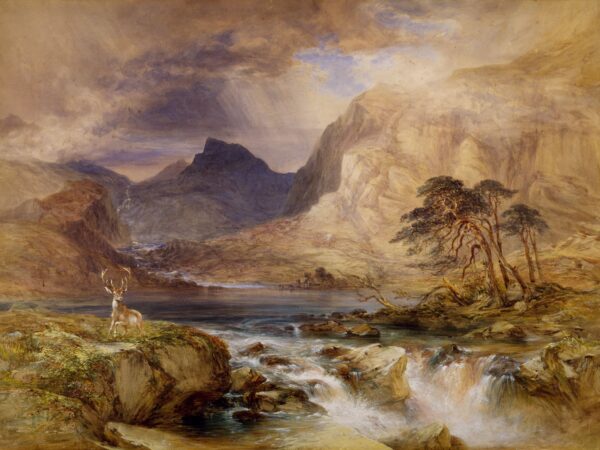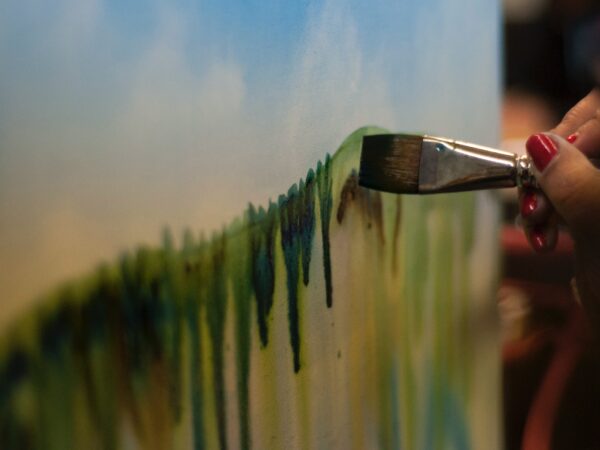In today’s fast-paced business world, companies are constantly seeking new ways to innovate and stay ahead of their competitors. This requires a balance of creativity and science, as companies must be able to come up with creative ideas and solutions while also relying on data, technology, and research to make informed decisions. The art of science is the process of combining creativity and innovation to solve a problem or create something new. This approach is used in a variety of fields, including technology, design, and marketing, to name a few.
In this article, we will explore what the art of science is, how it works, and how businesses can use it to drive innovation and growth.
Understanding the Art of Science
The art of science is a concept that has gained popularity in recent years, especially in the technology industry. It refers to the process of using creative thinking and design to solve complex problems and create new products or services.
Traditional scientific research is often focused on data and facts, with little emphasis on creativity or design. However, the art of science involves both creativity and science, blending the two in a way that allows companies to develop unique solutions that stand out in the market.
To truly understand the art of science, it is important to look at some real-world examples of how it works in practice.
One example of the art of science is SpaceX, the space exploration company founded by entrepreneur Elon Musk. SpaceX is an excellent example of the art of science, as it combines scientific research and innovation with a creative approach.
The company has developed reusable rockets that can land back on Earth, reducing the cost of space exploration and making it more accessible. This was achieved through a combination of scientific knowledge, engineering skills, and creative thinking.
Another example of the art of science in action is the company Pixar, known for its groundbreaking animation films. Pixar combines scientific research and creative design to create movies that captivate audiences worldwide.
The company uses complex algorithms and physics simulations to create realistic animations, but also relies on creative storytelling and character design to make their films stand out in a crowded market.
The art of science is not limited to technology or design, however, we can apply it to any field where innovation is required, from healthcare to retail to financial services.
The key is to combine creativity with scientific research and data, and use this combination to create something new and unique.
The Benefits of the Art of Science
So what are the benefits of using the art of science in business? There are several, including:
1. Competitive Advantage
Companies that are able to combine creativity and science to develop innovative products or services will have a competitive advantage in the market. By standing out from their competitors, these companies can attract more customers and increase their market share.
2. Improved Efficiency
The art of science involves using data and technology to make informed decisions, which can lead to improved efficiency and cost savings. By analyzing data and making data-driven decisions, companies can identify inefficiencies in their operations and make changes to improve productivity.
3. Enhanced Customer Experience
Using the art of science to innovate can also lead to an enhanced customer experience. By developing unique and creative solutions, companies can provide customers with a more memorable and engaging experience, leading to greater customer loyalty and satisfaction.
4. Increased Revenue
By using the art of science to create innovative products or services, companies can increase their revenue. By appealing to customers with unique and creative solutions, companies can capture a larger share of the market and generate more revenue.
How to Use the Art of Science in Business
So how can businesses use the art of science to drive innovation and growth? Here are some key steps to follow:
1. Identify the Problem
The first step in using the art of science in business is to identify the problem that needs to solve. This may be a customer pain point, an internal inefficiency, or a market opportunity.
2. Gather Data
Once we identify the problem, the next step is to gather data. This may involve market research, customer surveys, or internal data analysis.
3. Brainstorm Creative Solutions
With data in hand, the next step is to brainstorm creative solutions to the problem. This may involve gathering a diverse team with different skills and perspectives, using design thinking techniques, or conducting ideation sessions.
4. Test the Ideas
After coming up with creative solutions, the next step is to test them. This may involve creating prototypes, conducting user testing, or running experiments.
5. Analyze the Results
Once the ideas have been tested, the next step is to analyze the results. This may involve looking at usage data, customer feedback, or other metrics to determine if the solution is working.
6. Iterate and Refine
Based on the results of the testing, the next step is to iterate and refine the solution. This may involve making adjustments to the design, improving the functionality, or addressing any issues that were identified during testing.
7. Launch and Monitor
Finally, the solution can be launched and monitored over time. This may involve ongoing testing and refinement, as well as monitoring customer feedback and usage data.
Conclusion
The art of science is a powerful approach to innovation that can help businesses stay ahead of their competition. By combining creativity and scientific research, companies can develop unique and innovative solutions to complex problems.
To use the art of science in business, companies must first identify the problem, gather data, brainstorm creative solutions, test the ideas, analyze the results, iterate and refine, and finally launch and monitor the solution.
By using this approach, companies can leverage the power of creativity and innovation to drive growth, improve efficiency, enhance the customer experience, and increase revenue.











